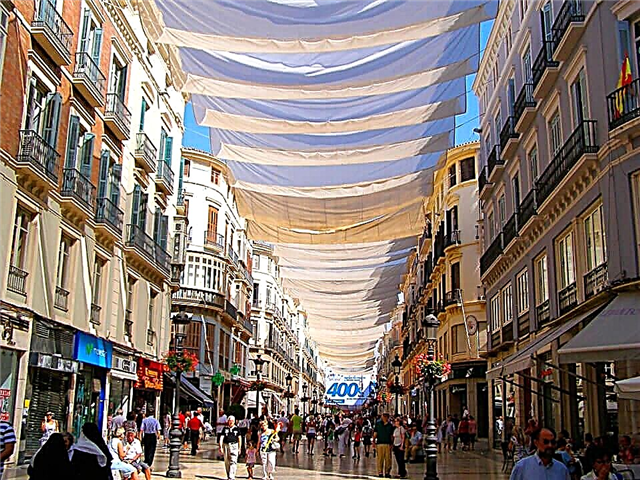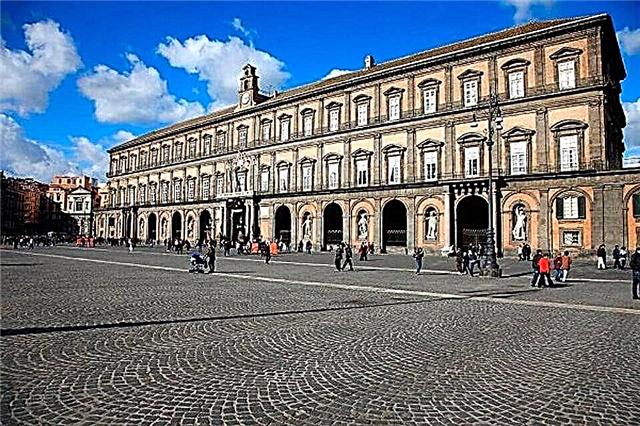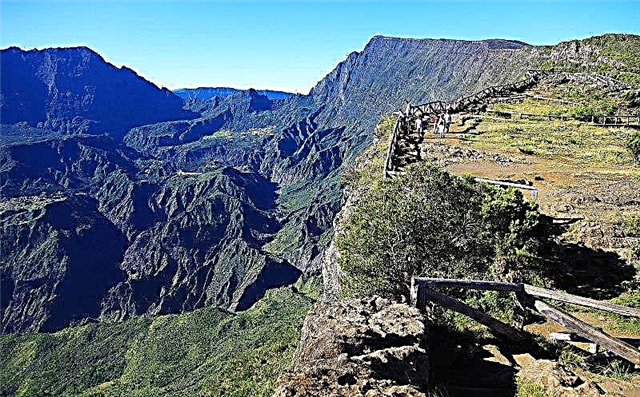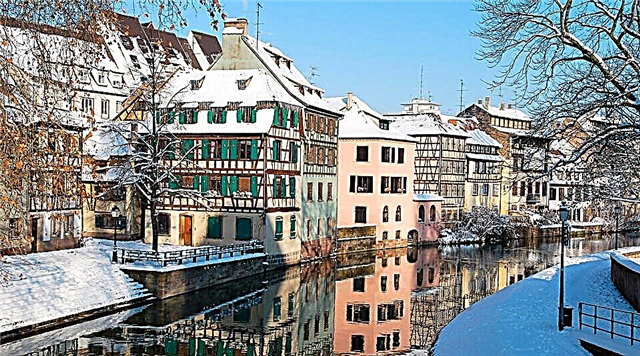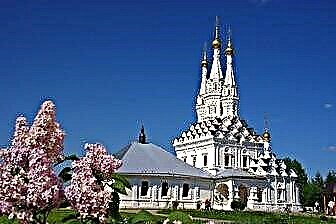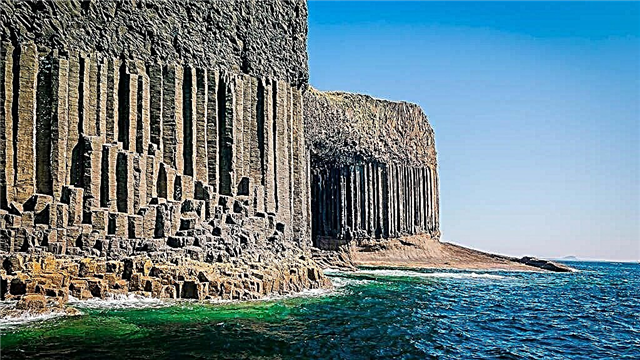On the small islet of Staffa in Scotland, there is one of the most extraordinary caves in the world. It's not just her beauty, which she owes to her volcanic origins. It is known to many as the "cave of melodies", entering which you will feel as if you are in a gigantic natural cathedral and hear the real sounds of nature.
There are many places on the planet that amaze with their beauty and originality. But have you ever seen a place designed by the best architect in the world - nature is so perfect that it rivals even the most beautiful human structures? It is such a miracle that many travelers see the unique Fingala Sea Cave.
Read how and where to buy cheap flights in our life hack.

Where is
It is located among many other cave systems on the tiny island of Staffa, off the Scottish coast. This cave is the largest among the rest and the only one into which it is possible to get inside, because the rest are under water most of the time. However, in order to enjoy all the beauty of the cave, you will have to get off the boat (none of them will get into the narrow crevice) and walk along a small path along the striking basalt columns.

History of origin
All this beauty comes from volcanic lava. Imagine only that she, designed to destroy everything in her path, once created one of the most beautiful creations of nature. Ideally shaped basalt columns form spectacular steps, which seem to have been created by the hands of ancient giants.
In fact, for more than one hundred years, nature has made every effort to create this extraordinary place: the rains mercilessly watered the basalt cliffs, the sea fiercely pounced on them or, on the contrary, gently caressed, creating new forms and caves. Fingal's cave became the top of their creation. Its length is almost 80 meters, its height is 20 meters, and its width is 14 meters.

Cave legends
Fingala Cave has an older name Uamh-Binn. Translated into Russian, it means "cave of melodies". Under its arched vault like a dome, the sounds of the surf sound especially mesmerizing. And thanks to the extraordinary acoustics, it seems as if you are a guest at a magical performance, which Nature is holding only here and now.

The more modern name of the cave is known thanks to James MacPherson, this Scottish poet sang in his poems the ancient legend of the giant Fingal. According to the epic, Fingal built a dam in order to connect Ireland and Scotland. One day, before a serious fight with a huge giant, Fingal lay down to rest. At this time, his rival walked along the dam to his house, where the cunning wife of Fingal, pointing at her husband under the veil, said that this was their newborn baby. Thinking about what size then the father of the child should be, the giant rushed to run, destroying the recently built dam behind him. Staffa Island is all that remains of this extraordinary bridge.

The beauty of this place lies not only in the cave itself and the sounds that it generates. If you get inside, you will see a mesmerizing view of the sacred island of Iona, which is known as the burial place of all ancient Scottish kings, incl. and Macbeth. In addition, you can observe the sea in full glory, which created such a miracle of nature.
Source of inspiration
The cave became famous after it was discovered by naturalist Sir Joseph Banks in 1772. He was so impressed by the beauty and acoustics of this place that at different times such famous cultural and political figures as Jules Verne, Queen Victoria, Walter Scott and many others visited it. Mentions of this miracle of nature can be found in a variety of works of art: music, literature, painting. For example, in one of Strindberg's famous works, this cave is the main setting for all events.

The well-known composer Mendelssohn wrote Overture 26, better known as "The Hebrides, or Fingal's Cave," trying to describe the feeling that came over him when visiting this place.
The British painter Joseph Turner created a landscape view from Fingal's Cave in 1832. And these are not the only cases. For centuries, wild waves crashing against hexagonal columns and giving birth to real music have served as a source of inspiration for a wide variety of creative personalities.

Best time to visit
The best time to admire this miracle of nature is spring. It is then that the previously lifeless tops of the reefs will be covered with wild flowers and turn green. Different types of algae that live in the water on basalt columns acquire all colors from delicate ruby to fabulous sea green. It was at this time that Fingala's cave becomes especially mysterious and mesmerizing.
Sea water accumulates in the air and forms a thick fog that appears in the cave. Thanks to this extraordinary spectacle and the magic music of the surf, you get the feeling that you are at a unique concert in honor of nature and life itself - so changeable, but still extraordinarily beautiful.

Staffa Island, despite being uninhabited, is rich in various species of birds and aquatic inhabitants. Various sea birds are found here. You can find the real symbol of the sea - the free petrel. Seagulls and long-nosed cormorants fly over the basalt columns. Friendly dolphins and gray seals live in the waters near the cave. All of them show that despite the inaccessibility of the island, he lives! And the sounds that are born in the depths of Fingala's cave are a reflection of the very life of the sea and all its inhabitants.
From year to year, tourists are attracted by the island of Staffa. It is impossible to forget this feeling when you stand in a echoing and black cave, below you emerald waves crash into the rocks with noise. Basalt columns rush upward like the vaults of the most perfect cathedral, and around there is amazing and truly unique music, which, reflected from the walls, goes into the boundless gray sea.

